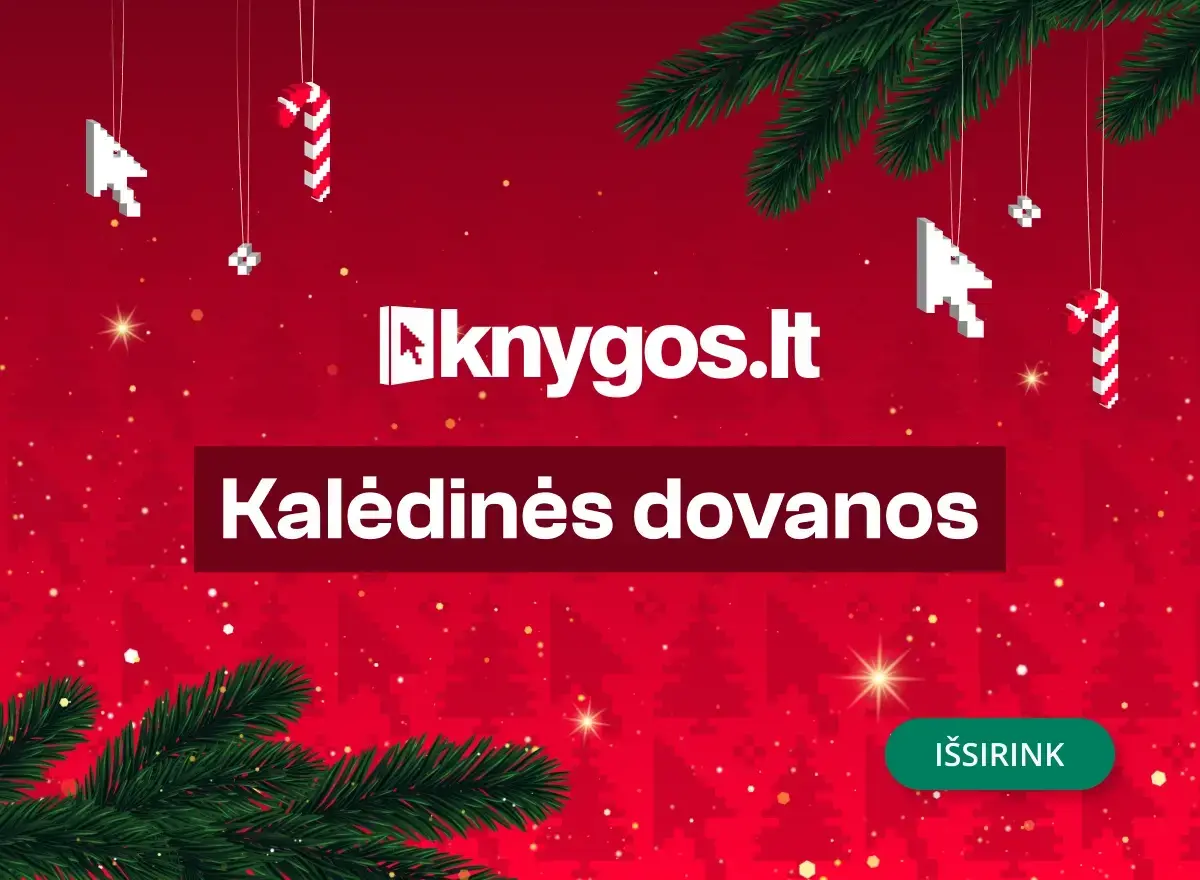- Išparduota
- Leidėjas: de Gruyter Mouton
- Metai: 2020
- ISBN-10: 3110552280
- ISBN-13: 9783110552287
- Formatas: 18.2 x 24.9 x 3.7 cm, kieti viršeliai
- Kalba: Anglų
Crisis Communication (el. knyga) (skaityta knyga) | knygos.lt
Atsiliepimai
Aprašymas
Finn Frandsen and Winni Johansen have won this year's Danish communication prize (KOM-pris) for their world-class research in organisational crises, crisis management and crisis communication. This prize is awarded by The Danish Union of Journalists (Dansk Journalistforbund) and Kforum.
The aim of this handbook is to provide an up to date introduction to the discipline of crisis communication. Based on the most recent international research and through a series of levels (from the textual to the inter-societal level), this handbook introduces the reader to the most important concepts, models, theories and debates within the field of crisis communication. Crisis communication is a young and very vibrant field of research and practice. It is therefore crucial that researchers, students and practitioners have access to presentations and discussions of the most recent research. Like the other handbooks in the HOCS series, this handbook contains a general introduction, a chapter on the history of crisis communication research, a series of thematic chapters on crisis communication research at various levels, a chapter perspectives, and a glossary of key terms, including lists of further reading for each chapter (including references to publications in English, German, and French), and sections with academic resources, such as brief descriptions of important researchers and research centers, important journals and conferences, websites, etc.The thematic chapters which form the core of the handbook cover the following levels and theoretical frameworks:
Level (1): Between Text and Context Introduction: Crisis, Risk, Scandal, and Disaster Image Repair Theory Situational Crisis Communication Theory Contingency Theory of Crisis Communication Renewal Discourse Theory Crisis Sense making Theory Rhetorical Arena Theory Visual Crisis Communication
Level (2): Organizational level Introduction: From Product Recalls to Volkswagen's Dieselgate Scandal Crisis Communication - From a Management Perspective Social Evaluators of Organizations: from Reputation to Social Approval Crisis Communication in Private and Public Sector Organizations: Different but Same? Internal Crisis Communication Whistle blowing in Organizations Employee Reactions to Negative Media Coverage Crisis Communication and Emotions: in Organizations and among Stakeholders Crisis Communication and Organizational Resilience Improvisation: When the Crisis Communication Plan Doesn't Work
Level (3): Inter-organizational level Communicating During Supply Chain Crises Inter-organizational Relations of Spillover Crises
Level (4): Societal level Introduction: From Child Abuse to Environmental Crises and Financial Crises Crisis and Emergency Risk Communication (CERC) Political Scandals Political Crisis Communication Media and the Mediatization of Crises and Disasters Social Media and Crisis Communication
Level (5): Inter-societal level International and Global Crisis Communication Intercultural and Multi-cultural Crisis Communication
Critical approaches The Ethics of Crisis Communication Beyond Crisis Communication
The Future The Future of Crises and Crisis Communication
- Leidėjas: de Gruyter Mouton
- Metai: 2020
- ISBN-10: 3110552280
- ISBN-13: 9783110552287
- Formatas: 18.2 x 24.9 x 3.7 cm, kieti viršeliai
- Kalba: Anglų
Finn Frandsen and Winni Johansen have won this year's Danish communication prize (KOM-pris) for their world-class research in organisational crises, crisis management and crisis communication. This prize is awarded by The Danish Union of Journalists (Dansk Journalistforbund) and Kforum.
The aim of this handbook is to provide an up to date introduction to the discipline of crisis communication. Based on the most recent international research and through a series of levels (from the textual to the inter-societal level), this handbook introduces the reader to the most important concepts, models, theories and debates within the field of crisis communication. Crisis communication is a young and very vibrant field of research and practice. It is therefore crucial that researchers, students and practitioners have access to presentations and discussions of the most recent research. Like the other handbooks in the HOCS series, this handbook contains a general introduction, a chapter on the history of crisis communication research, a series of thematic chapters on crisis communication research at various levels, a chapter perspectives, and a glossary of key terms, including lists of further reading for each chapter (including references to publications in English, German, and French), and sections with academic resources, such as brief descriptions of important researchers and research centers, important journals and conferences, websites, etc.The thematic chapters which form the core of the handbook cover the following levels and theoretical frameworks:
Level (1): Between Text and Context Introduction: Crisis, Risk, Scandal, and Disaster Image Repair Theory Situational Crisis Communication Theory Contingency Theory of Crisis Communication Renewal Discourse Theory Crisis Sense making Theory Rhetorical Arena Theory Visual Crisis Communication
Level (2): Organizational level Introduction: From Product Recalls to Volkswagen's Dieselgate Scandal Crisis Communication - From a Management Perspective Social Evaluators of Organizations: from Reputation to Social Approval Crisis Communication in Private and Public Sector Organizations: Different but Same? Internal Crisis Communication Whistle blowing in Organizations Employee Reactions to Negative Media Coverage Crisis Communication and Emotions: in Organizations and among Stakeholders Crisis Communication and Organizational Resilience Improvisation: When the Crisis Communication Plan Doesn't Work
Level (3): Inter-organizational level Communicating During Supply Chain Crises Inter-organizational Relations of Spillover Crises
Level (4): Societal level Introduction: From Child Abuse to Environmental Crises and Financial Crises Crisis and Emergency Risk Communication (CERC) Political Scandals Political Crisis Communication Media and the Mediatization of Crises and Disasters Social Media and Crisis Communication
Level (5): Inter-societal level International and Global Crisis Communication Intercultural and Multi-cultural Crisis Communication
Critical approaches The Ethics of Crisis Communication Beyond Crisis Communication
The Future The Future of Crises and Crisis Communication



Atsiliepimai